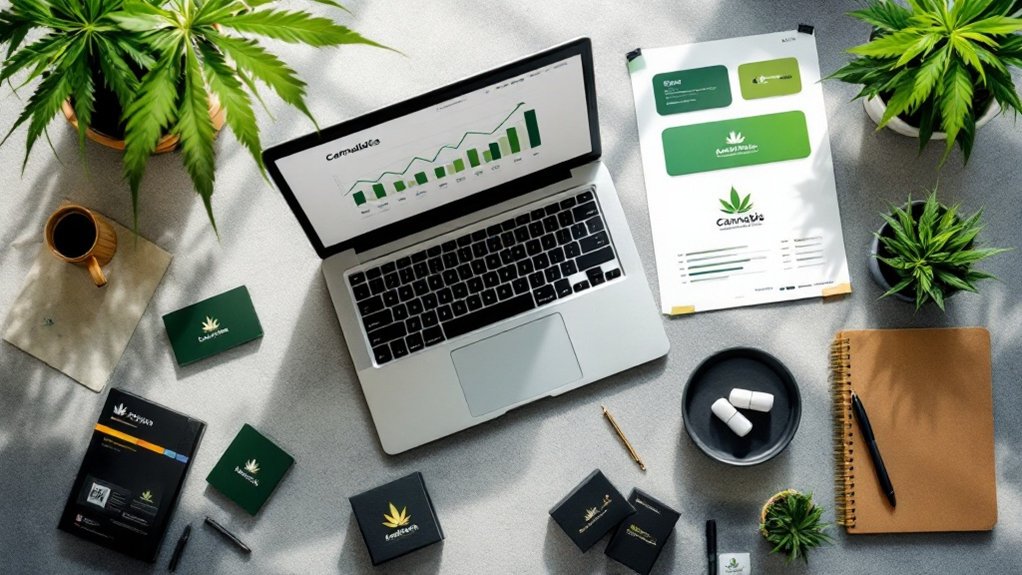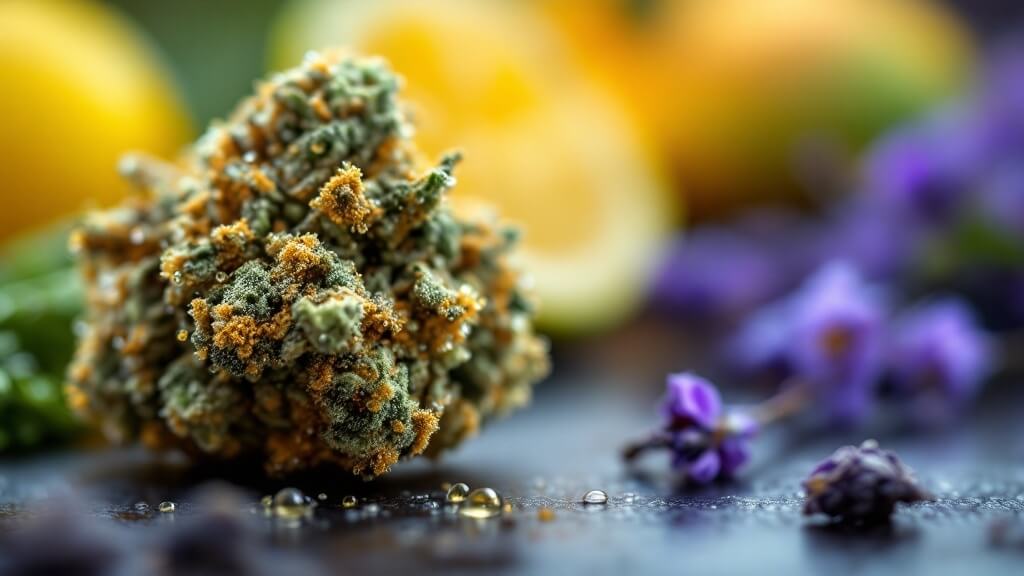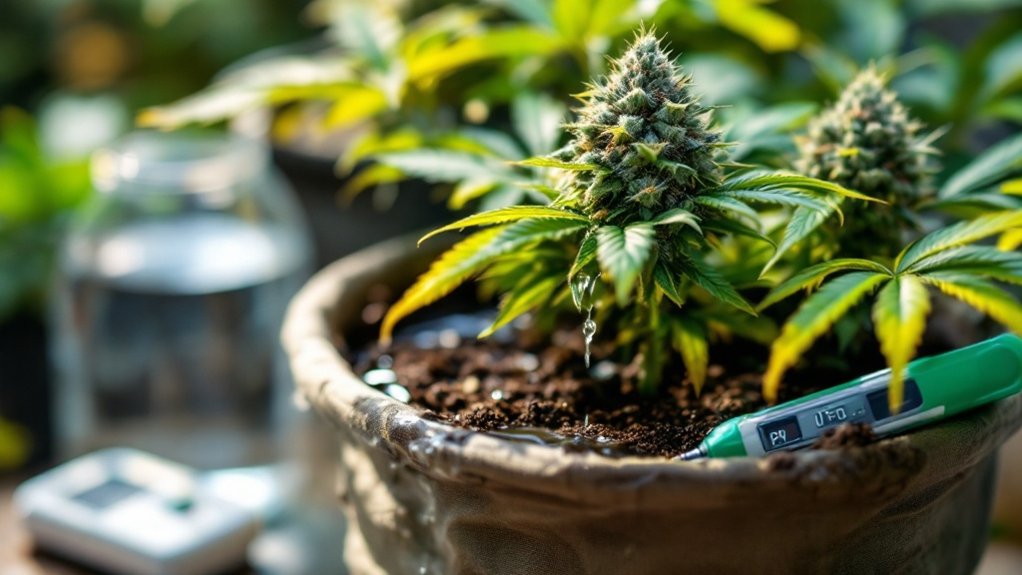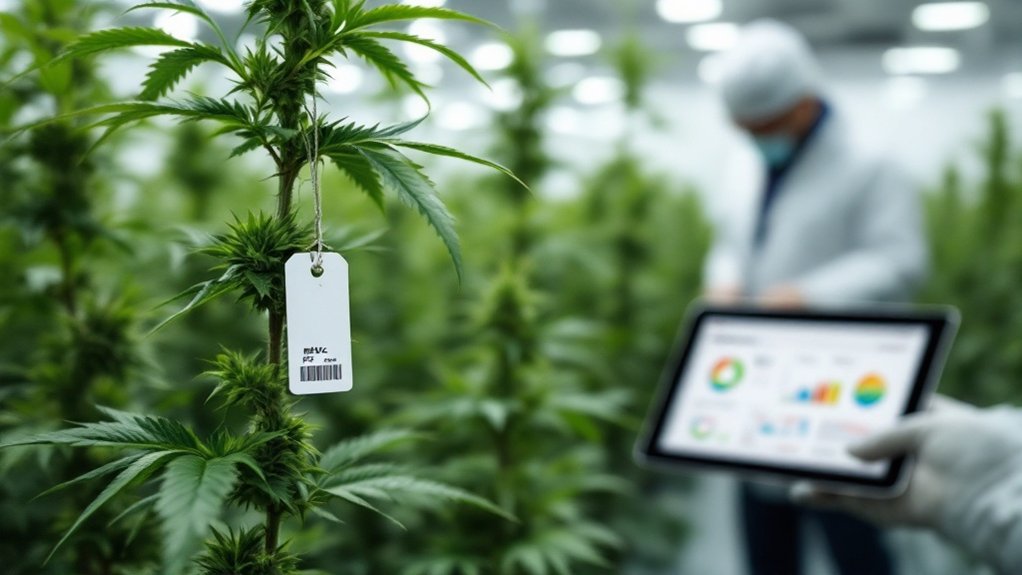Industrial hemp is revolutionizing manufacturing with its versatility across multiple industries. This sustainable crop produces over 25,000 products, from textiles and construction materials to food and technical applications. Its environmental benefits include minimal pesticide requirements and carbon sequestration capabilities, while its strong, biodegradable fibers offer cost-effective alternatives to traditional materials. The global market, valued at $9.74 billion in 2024, is projected to reach $35 billion by 2034, signaling industrial hemp‘s transformative potential for sustainable manufacturing solutions.
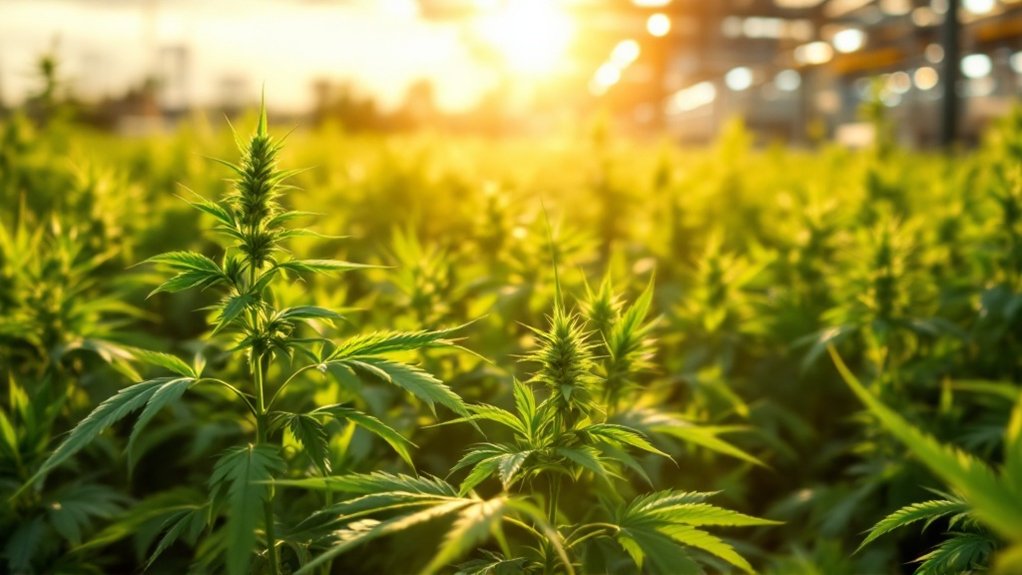
The industrial hemp market has emerged as a powerhouse in sustainable manufacturing, with thousands of applications spanning diverse sectors from automotive to construction. Currently valued at USD almost 10 billion in 2024, the market is projected to grow at an impressive compound annual growth rate of 21.1% through 2030. Industrial hemp finds utility in over 25,000 products, positioning it as a versatile raw material with considerable economic potential. The food products segment represents the largest segment of the industrial hemp industry, highlighting consumer demand for hemp-based nutritional options. The global market is expected to reach US$ 35.7 billion by 2034, reflecting the increasing industrial adoption of this versatile crop.
Industrial hemp’s meteoric rise signals a sustainable manufacturing revolution, with projected growth from $1.63 billion to $25.7 billion by 2034.
Hemp cultivation presents remarkable environmental advantages compared to conventional crops. It requires minimal pesticides and herbicides, considerably reducing the chemical footprint of agricultural operations. The plant’s ability to sequester carbon dioxide and remediate contaminated soil further enhances its environmental profile, making hemp cultivation an ecologically sound practice for modern agriculture.
In textile production, hemp fiber offers exceptional strength, durability, and biodegradability. These lightweight fibers provide cost-effective alternatives to traditional textile materials, with increasing adoption in both clothing and industrial applications. Consumer awareness regarding environmental sustainability continues to drive demand for hemp textiles as viable alternatives to conventional fabrics.
The construction industry has embraced hemp-based materials for their eco-friendly properties and thermal insulation capabilities. Hemp serves as an effective substitute for fiberglass in building applications, contributing to sustainable construction practices. The lightweight nature of hemp materials reduces transportation costs and diminishes the carbon footprint associated with the building sector.
Technical applications for hemp continue to expand, with growing utilization in solvents, oil paints, printing inks, and varnishes. The crop finds application in putty production, various coatings, and chain-saw lubricants. Federal data collection through the Hemp Production Inquiry provides valuable insights into hemp utilization trends across industries. Investments in research and development aim to broaden the technical applications of this versatile plant.
The food and beverage sector has witnessed substantial growth in hemp utilization. Hemp seed production reached 751,000 pounds in 2023, representing a 414% increase from the previous year. The cannabis-infused beverage market, valued at $3.9 billion in 2024, is projected to reach $8.7 billion by 2032. Hemp’s nutritional profile makes it valuable as a supplement in various food products and functional foods.
As consumer preferences shift toward environmentally responsible products, hemp continues to position itself as a cornerstone of the green economy. The crop offers renewable alternatives to traditional manufacturing materials, with biodegradable properties that reduce environmental impact compared to synthetic options.
Frequently Asked Questions
Is Growing Industrial Hemp Legal in All 50 States?
While hemp cultivation is federally legal since the 2018 Farm Bill, not all 50 states permit industrial hemp production uniformly.
Each state must establish approved regulatory frameworks through the USDA, with some states imposing stricter limitations or prohibitions.
Producers must obtain proper licensing from state, tribal, or federal authorities depending on location.
The patchwork of regulations creates significant variation in cultivation requirements, testing protocols, and market access across different states.
How Much Water Does Industrial Hemp Require Compared to Other Crops?
Industrial hemp demonstrates remarkable water efficiency compared to traditional crops.
Research indicates hemp requires 353-800 mm of water during its growing season, while demonstrating 38% lower crop water requirements and 60% lower water footprint than alternatives.
Studies in Colorado showed irrigated hemp yielded 1,100 pounds of seeds per acre versus only 400 pounds for non-irrigated crops.
Despite these efficiencies, hemp still requires adequate moisture, particularly during germination and reproductive phases.
What’s the Environmental Impact of Processing Hemp Fibers?
Hemp fiber processing generally has a positive environmental profile compared to conventional materials.
During retting and mechanical separation, the process requires minimal chemical inputs and consumes less energy than synthetic fiber production.
Water usage varies by method, with water retting demanding more resources than dew retting.
Carbon emissions from processing are offset by hemp’s exceptional carbon sequestration capabilities.
The biodegradable nature of hemp fibers guarantees minimal environmental impact at end-of-life, unlike petroleum-based alternatives that persist in ecosystems.
Can Industrial Hemp Be Grown in Urban or Indoor Settings?
Industrial hemp can indeed be grown in urban and indoor settings.
Controlled environments like greenhouses and indoor facilities allow for year-round cultivation with precise management of light cycles, temperature, and moisture.
While indoor cultivation offers benefits such as protection from pests, weather fluctuations, and cross-pollination risks, it requires significant capital investment and specialized knowledge of environmental controls.
Urban hemp production typically focuses on high-value applications rather than large-scale fiber or grain production due to space limitations and higher operational costs.
How Long Does It Take for Hemp Crops to Reach Maturity?
Hemp crops typically reach full maturity within 100-120 days from planting to harvest.
The growth cycle begins with germination in 3-7 days, followed by vegetative growth focused on stem and leaf development.
Being photoperiod-sensitive, hemp shifts to flowering when day length decreases below 12 hours.
Harvest timing generally falls between early September and late October, though this varies by region, variety, and intended use.
Environmental factors and specific strain characteristics can greatly influence maturation rates.


